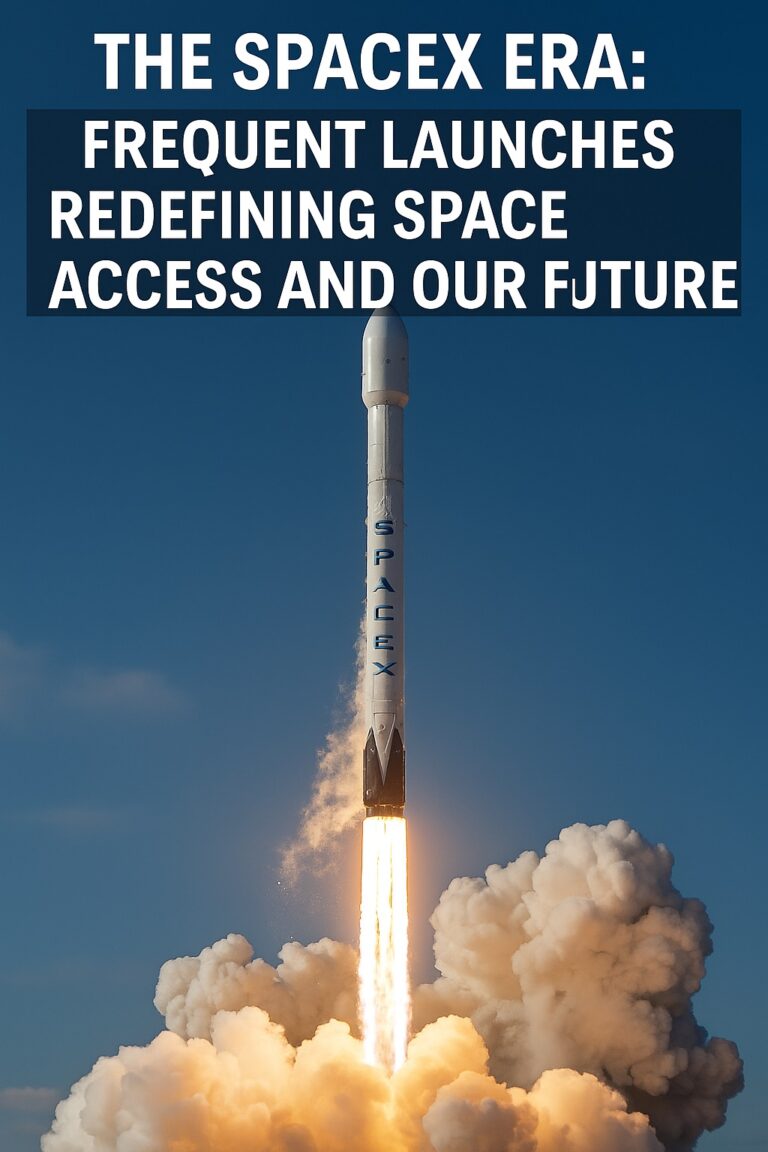
1. Introduction
Late on June 18, 2025, SpaceX’s Starship Ship 36 exploded during a routine static fire test at its Starbase facility in Boca Chica, Texas. This highly anticipated test was part of the preparations for the tenth full Starship flight. While no injuries were reported, the dramatic fireball rattled nearby homes and halted the next launch plan.
Today we’ll explore:
- What went wrong during the static fire
- Why this incident could delay SpaceX’s Mars ambitions
- What comes next for Starship development
2. What Happened During the Static Fire Test?
The Test Setup and Explosion
Ship 36, the upper stage of the tenth planned flight, was loaded with liquid methane and oxygen on the Massey test stand. Around 11 p.m. local time, as the countdown neared a six-Raptor engine static fire test, a “major anomaly” triggered a catastrophic explosion, obliterating the vehicle in seconds (source).
Eyewitnesses saw two distinct blasts: first near the nose, then from a lower tank—suggesting a fuel-tank rupture (source).
Immediate Aftermath & Safety Response
Safety protocols worked. A security perimeter was already in place, and no personnel were harmed. SpaceX confirmed that emergency teams and local authorities are securing the site. They assured local communities that there were no dangerous chemicals or risks beyond the perimeter.
3. Why This Blast Could Delay Future Flights
Setback to Flight 10 Timeline
This explosion damages not only the vehicle but also critical launch infrastructure. The FAA had previously imposed temporary airspace restrictions anticipating a flight around June 29. That timeline is now on hold as Starship enters a new round of investigations and repairs.
Part of a Pattern of Failures
Ship 36’s destruction adds to a trend of recent failures. Earlier that same year, Flights 7, 8, and 9 all failed during various phases, including re-entry and engine shutdown. Still, Flight 9 succeeded in reaching space before breaking apart on re-entry (source).
Elon Musk’s iterative testing philosophy treats such failures as learning opportunities—but repetitive setbacks could disrupt NASA’s Artemis timeline, which depends on Starship for lunar landings by 2027.
4. Technical Analysis: What May Have Gone Wrong
Potential Causes of the Anomaly
Preliminary analysis and community observations—such as by engineers on Reddit’s r/spacex—suggest the failure began in the upper tank (likely the LOX tank), possibly via overpressure or a structural flaw.
Further insights from local media and industry analysts point to a fuel-tank rupture during propellant loading, arguing against an engine ignition issue.
Learning from Past Failures
SpaceX has a history of diagnosing root causes post-failure. For instance, Flight 7 revealed issues with vehicle vibrations and tank leaks, prompting engineering fixes. Now, similar failure analysis and design refinements—likely around tank design and sensor telemetry—will be critical.
5. What Happens Next?
Investigation and Repair Process
SpaceX, working with the FAA and local regulators, will inspect the Massey test stand, remove debris, and replace damaged components. Meanwhile, internal review teams will investigate telemetry and structural data to prevent recurrence.
Road Ahead for Ship 36 and the Program
Building another Starship upper stage typically takes weeks—if not months. With Flight 10 already delayed, and Artemis reliance looming, the countdown clock is ticking. Still, SpaceX’s agile manufacturing and modular testing approach have helped it recover quickly in the past.
6. Conclusion
Ship 36’s fiery end is a serious blow—but it doesn’t derail SpaceX’s overall Starship strategy. 🚀 These regular failures are part of the company’s “fail fast, learn faster” ethos. Engineers are already hard at work addressing structural vulnerabilities and preparing the next flight vehicle.
Takeaway for readers: SpaceX’s rapid iteration means setbacks are expected—and often necessary—but each failure raises the bar for future missions. With significant eyes on Artemis and Mars, all signs now point to Starship’s next steps.
About the Author
Sandeep is a passionate independent writer and researcher behind Pulsewire.in. He specializes in simplifying complex topics in science, tech, business, and society for everyday readers. While not a certified expert, he relies on credible sources and up-to-date research to deliver informative, trustworthy content.
Published Date: June 19, 2025
Last Updated: June 19, 2025









